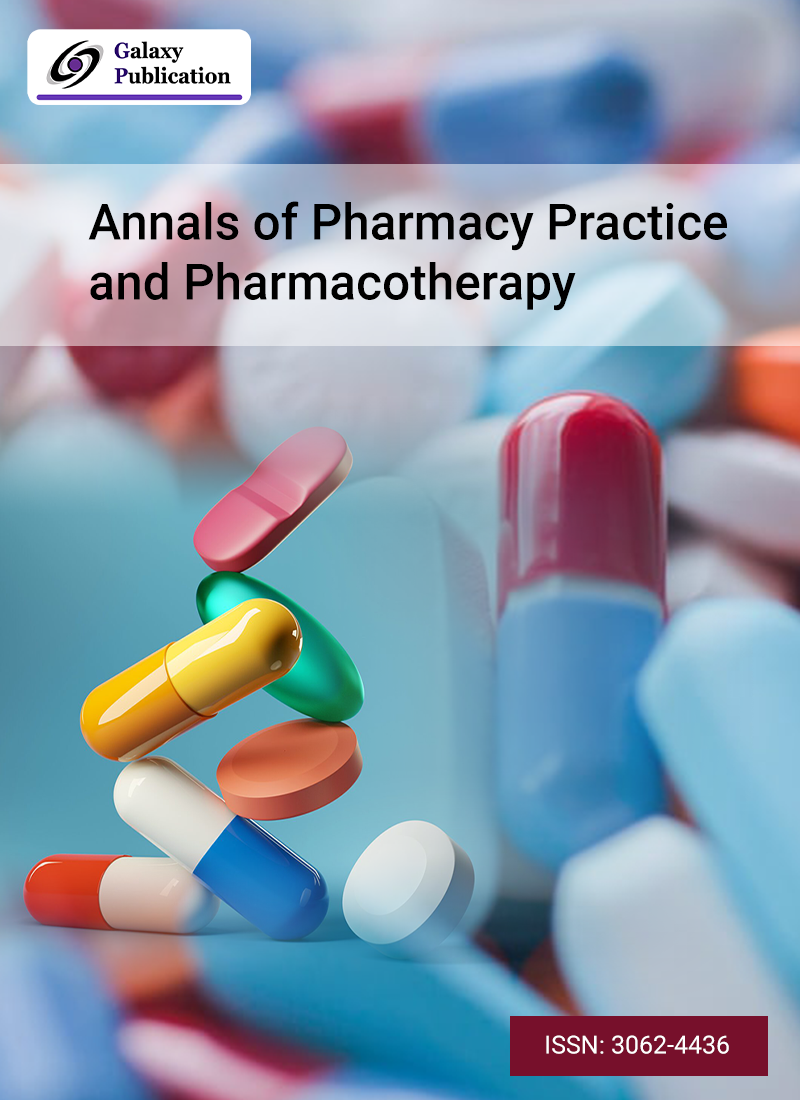
The use of antidiabetic medications by patients with type-2 diabetes mellitus at primary care clinics in the Erode district of Tamil Nadu, India, a rural south Indian province, was investigated in a cross-sectional study. A standardized and validated questionnaire was used for the study, which lasted for one year. This medicine use assessment included 480 diabetic people who resided in a southern Indian state’s rural districts. Women (n = 279; 57.28%), married (n = 463; 95%), unemployed (n = 272; 55.85%), uneducated (n = 180; 36.96%), and between the ages of 51-60 years (175; 35.93%) constituted the majority of the diabetic participants in this study. In addition, 328 patients (67.35%) had a history of type 2 diabetes. T2DM was identified in all of them (n = 487; 100%). Oral hypoglycemic drugs (OHA) were administered to the majority of the diabetes patients (n = 433; 88.91%); 125 (25.66%) of these patients received monotherapy with a single anti-diabetic agent, 208 (42.71%) received two-drug regimens, and 136 (27.92%) received three-drug treatments. Diabetes was on the rise among people living in rural areas. It was mostly brought on by the impoverished general populace of this district’s improper lifestyle choices and ignorance of diabetes and its repercussions. Patients with diabetes often experience polypharmacy, with most using more than two anti-diabetic drugs. A well-designed health intervention program is essential to reduce the rising prevalence of diabetes and to lessen adverse health consequences.